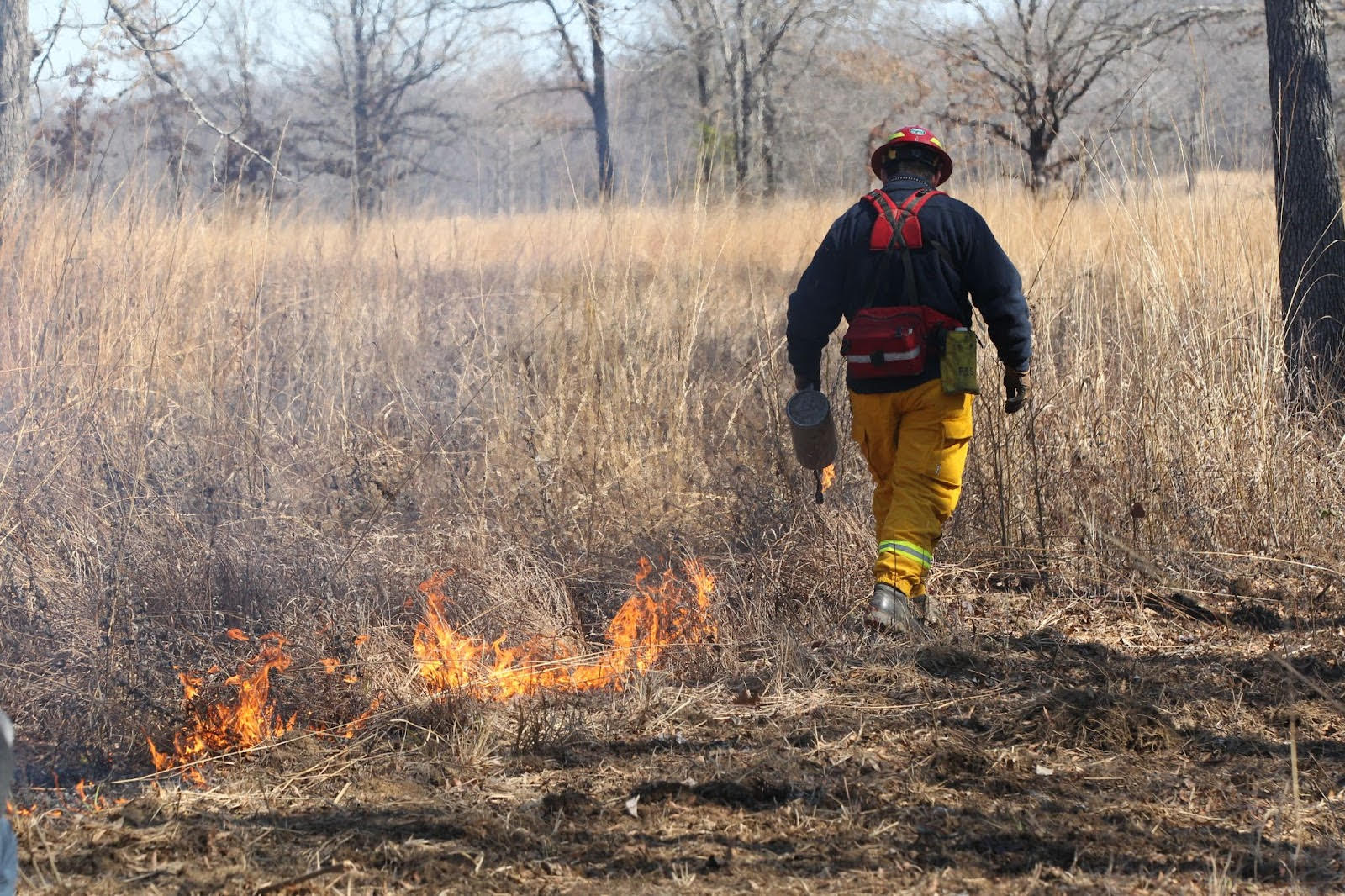Seven steps to get young anglers on the line
ON 04-20-2022
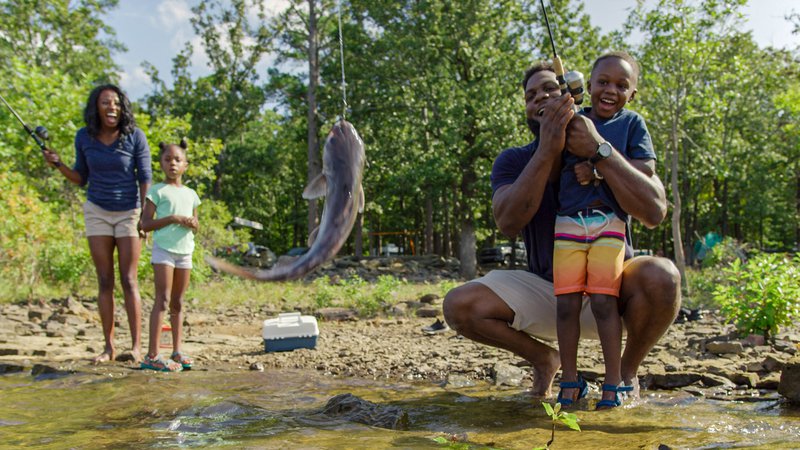
April 20, 2022
Randy Zellers
Assistant Chief of Communications
LITTLE ROCK — According to Arkansas Game and Fish Commission Fishing Education coordinator J.J. Gladden, the best partners the AGFC has in recruiting new anglers are adults willing to take the time to visit one of the great streams, lakes or other fishing destinations in The Natural State.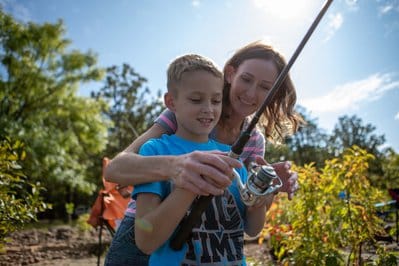
“We can put on derbies and fishing events for kids through schools, scout groups and other organizations to give the kids a taste of fishing fun, but it’s ultimately up to a parent, grandparent or other mentor to take up the reins when that child comes home excited about the experience,” Gladden said. “But fishing alongside a youngster is much different than going with an adult. You have to keep it fun. That’s why we fish in the first place.”
Gladden offers these tips to keep kids casting and building a lifetime of outdoors memories:
Go Where It’s Good
Nothing helps build a new angler better than giving them a taste of success quickly. Try to talk to friends who fish and learn about places where catching fish is a little easier. Better yet, take a look at one of the AGFC’s stocked locations to increase your chances even more. The AGFC stocks hundreds of locations with catchable-size catfish grown in the agency’s hatcheries for fishing derbies, in addition to regular stockings at ponds in the agency’s Family and Community Fishing program. Stocking dates are updated regularly, and all public fishing derbies are listed with contact information to discover how to be a part of those events. Some of the ponds will have bream, bass and even a few crappie in addition to the catfish stocked, but rigging up for catfish is simple and the fish fight hard to make it fun for a new angler. A list of FCFP ponds is available at www.agfc.com/familyfishing, and a list of fishing derbies throughout the state can be found at www.agfc.com/en/education/onthewater/fe/fishing-derbies.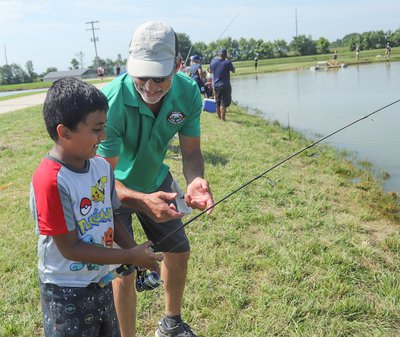
Use the Right Rig
At its core, fishing can be as simple as a hook, line and cane pole, but Gladden says a better way to get new anglers engaged is to introduce them with a spincasting combo like the ubiquitous Zebco 33 and a medium-powered rod.
“That simple push-button reel gives a youngster something to practice with and feel like they’ve achieved some success in casting without really needing good coordination,” Gladden said. “It also lets them get their bait away from the bank so they can move their lure around from time to time to keep them engaged.”
A Zebco 33 combo that includes the rod, reel, some line and even a few hooks, bobbers and split shot weights can be found for about $30 at most sporting goods stores. For people who still want to try it before they buy it, the AGFC’s Tackle Loaner Program offers rod-and-reel combos at select state parks, marinas and libraries to let people check out a fishing rig much like checking out a library book. You supply the bait, and you’re ready to go fishing. A list of loaner locations is available at www.agfc.com/en/education/onthewater/fe/tackle-loaner-program.
Lure ’em in
Bait selection should be just as much about the young angler as it is about the fish. Stocked channel catfish are pretty agreeable to a variety of baits, but a young angler may be a bit squeamish about putting a live worm, cricket or baitfish on a hook. Gladden suggests adult mentors bring along some grocery baits like hot dogs or commercially prepared catfish bait in case young fingers won’t go near the container of wiggly worms.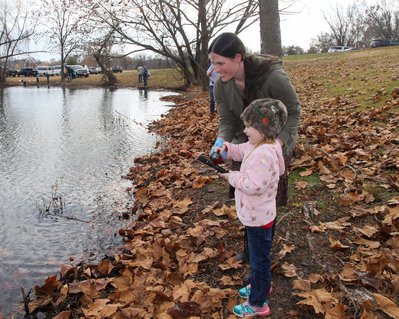
Watch and Learn
If you’re new to fishing, or haven’t been in ages, there are tons of resources available to help get you on the water quickly. If you can think of it, there’s probably a video on YouTube covering it. Unfortunately, finding the right resources for beginners can be difficult. The AGFC’s Virtual Nature Center has a library of short videos to help people set up their new rod and reel for a day on the water. Gladden and many other education experts from the AGFC can help walk you through the steps from bare bones novice to proficient angler before you ever visit the pond.
Prepare for Success
Make sure you have a few items handy when you do catch fish. A towel to wipe down your hands after handling fish or bait can make the experience much more enjoyable for young anglers. If a youngster is timid about holding a fish, a pair of rubber gloves or a fish-grabber that clamps down on the fish for them can come in handy until they get over that initial fear factor.
Don’t forget to bring along a pair of needle-nosed pliers to remove the hook and cut line. A stringer or fish basket is great to keep your catch alive while you’re fishing, but also be sure to bring a cooler or plastic bag to transport the fish home with some ice so you don’t end up with a wet, fishy mess in the trunk of a car or back of the truck.
Comfort Is King
Pictures of fishing trips often are filled with shorts and even bathing suits, prompting one to immediately think of warm weather, but in early spring be prepared for a little chillier weather. Pack along an extra jacket and hat for each angler until the days truly begin to warm up. Some of those leftover hand warmer packs also can come in handy, especially if you’ve caught a few fish or dipped your hands in cold water. Just be sure to dry your hands before holding the hand warmers again to keep them activated. And, although it may seem odd, a little sunscreen on exposed areas can prevent a lot of pain after the fishing trip. Some of the worst sunburns come during cloudy or chilly days when you aren’t expecting them.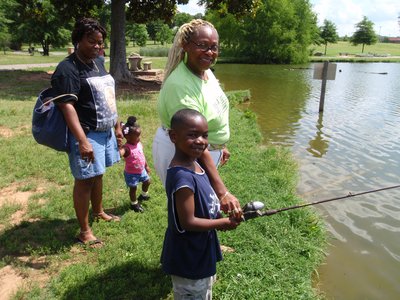
Keep It About the Kids
Avid anglers may find it particularly frustrating if the child they are mentoring doesn’t quickly pick up the mechanics of casting, reeling or setting the hook. Sometimes the added enthusiasm from the teacher can cause some anxiety or tentativeness in the student. Kids who may be scared to “do it wrong” can even shut down because they fear disappointing their mentor, especially if that mentor is a parent or someone else they look up to. Remember, this is their fishing trip. Instead of trying to get them to focus on a fishing rod nonstop, allow your fishing partner-in-training to wander a bit. If they decide they’d rather play in the dirt than pay attention to the task at hand, let them. Take a few fun photos; mix things up with a few fun puzzles or jokes; enjoy plenty of snacks. This isn’t a fishing derby with a prize on the line. The trophy is walking away with some good memories and a youngster who wants to go the next time you suggest a day at the pond or lake.
Recent News
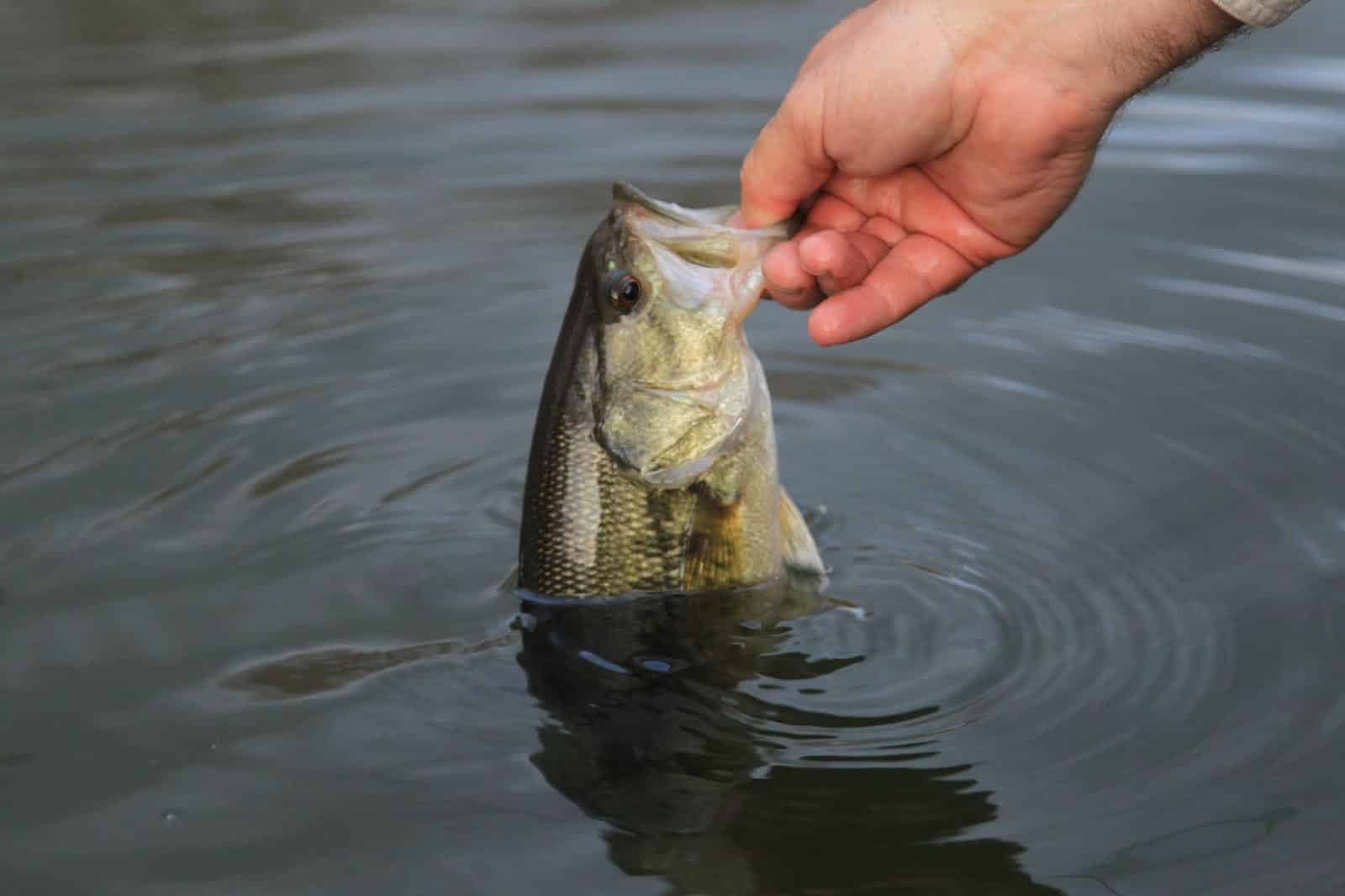
Summer heat means more catch and keep
Jul. 3, 2025
Subscribe to Our Weekly Newsletter E-mails
Don’t miss another issue. Sign up now to receive the AGFC Wildlife Weekly Newsletter in your mailbox every Wednesday afternoon (Waterfowl Reports are published weekly during waterfowl season and periodically outside the season). Fishing Reports arrive on Thursdays. Fill in the following fields and hit submit. Thanks, and welcome!

